Today’s wearable devices walk the line between true medical devices and personal accessories, but one thing’s for sure: they’re providing us with more data than ever before. But how well these wearable sensors work and whether this health data is even useful was the topic of a recent review article published in the journal Frontiers in Physiology.
“Despite the fact that we live in an era of ‘big data,’ we know surprisingly little about the suitability or effectiveness of these devices,” said lead author Dr. Jonathan Peake of the School of Biomedical Sciences and Institute of Health and Biomedical Innovation at the Queensland University of Technology in Australia. “Only five percent of these devices have been formally validated.”
Peake and his team studied a range of wearable devices, including those designed for general consumer use and more professional devices used by athletes during their training period. Those devices included in the study measured a multitude of physiological responses, from metabolism and sleep quality to psychological stress and cognitive feedback. While some of the devices were common wrist trackers, others were body sensors and smart clothing.
To get a better understanding of the utility of the wearable devices, the researchers evaluated a number of factors, including the claims made about the technology; whether independent studies have validated the device; how reliable it is; and the stage of development or commercialization the device is currently in. Since many of the commercially-available wearables are not regulated as medical devices, the study authors found that they were generally less credible than those devices being used in medical research.
“What is critical to understand here is that while most of these technologies are not labeled as ‘medical devices’ per se, their very existence, let alone the accompanying marketing, conveys a sensibility that they can be used to measure a standard of health,” said Peake. “There are ethical issues with this assumption that need to be addressed.”
Since some of these devices are being used to help make clinical decisions, Peake and his colleagues wanted to determine how data from the device stacked up against more precise clinical analysis tools. They found that self-gathered data from these wearable devices was limited, particularly when it came to confirming or monitoring a concussion.
“We have to be very careful here because there is so much variability,” says Peake. “The technology could be quite useful, but it can’t and should never replace assessment by a trained medical professional.”
According to Peak, it’s important to understand the effects these wearable devices are having on people’s health, considering how popular they’re becoming. On one hand, they could be helping individuals become more aware of their own bodies to improve early diagnosis of health problems; on the other, obsession with tracking this data on a daily basis could be detrimental to one’s health.
The wearable device market is expected to grow to a $48.2 billion industry by 2023, highlighting the pervasiveness of these trackers. But for Peake, there are still many unanswered questions about the effectiveness of wearables.
“Is wearing a device that continuously tracks your body’s actions, your brain activity, and your metabolic function – then wirelessly transmits that data to either a cloud-based databank or some other storage – safe, for users? Will it help us improve our health?” asked Peake. “We need to ask these questions and research the answers.”

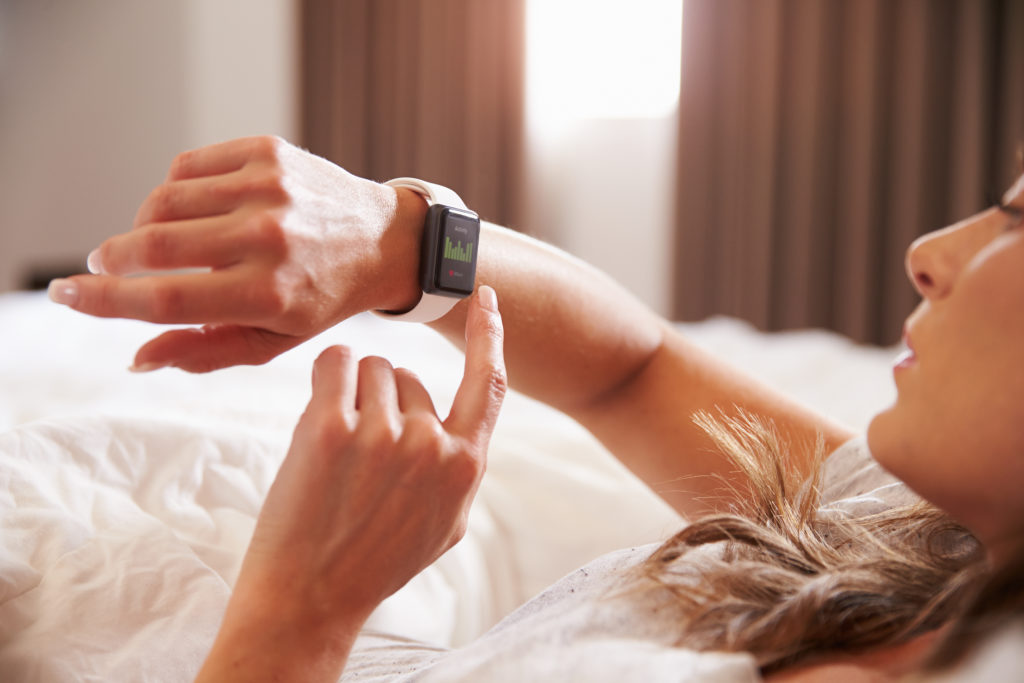
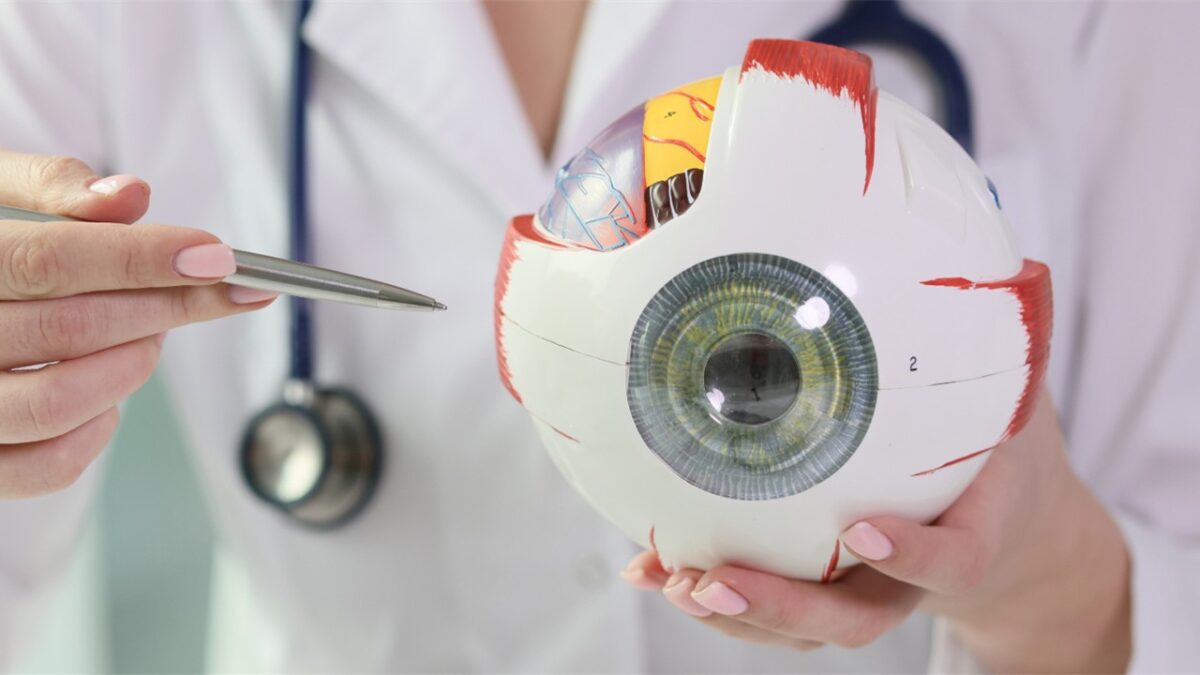
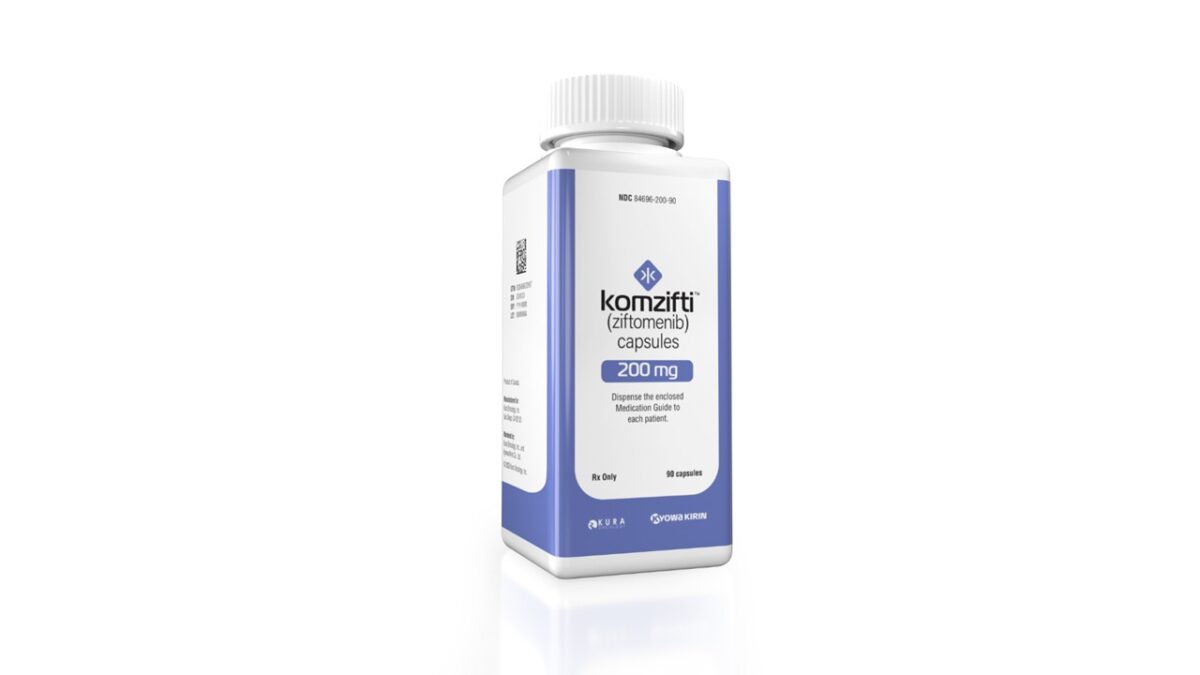
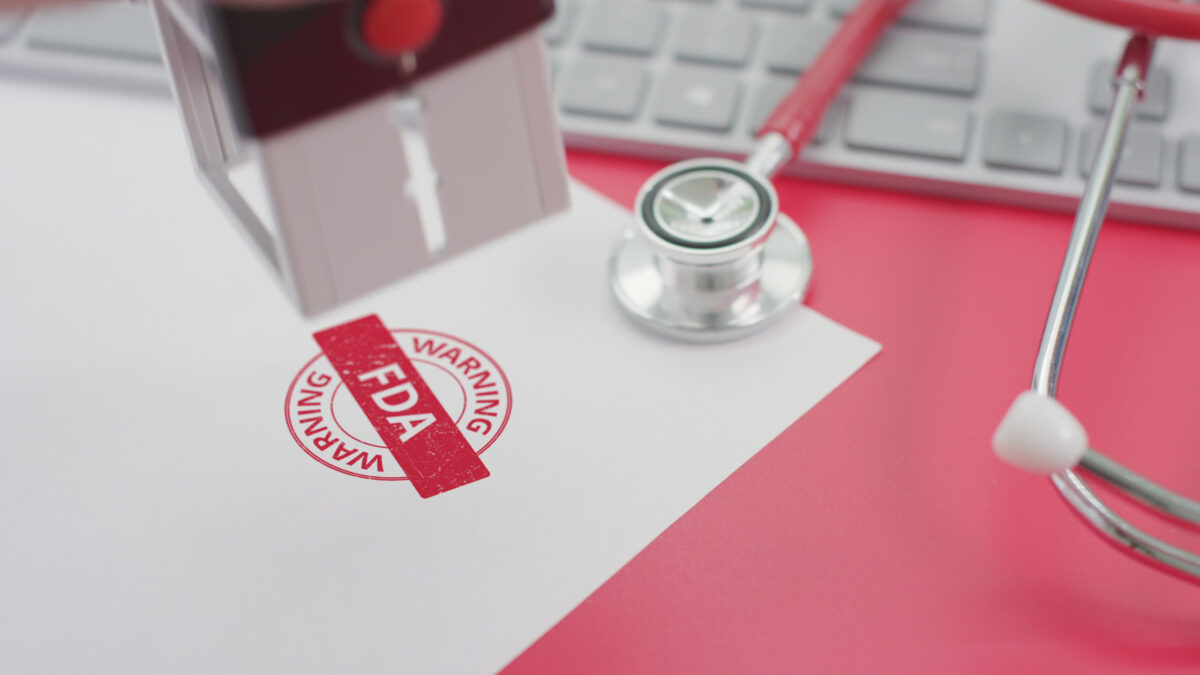

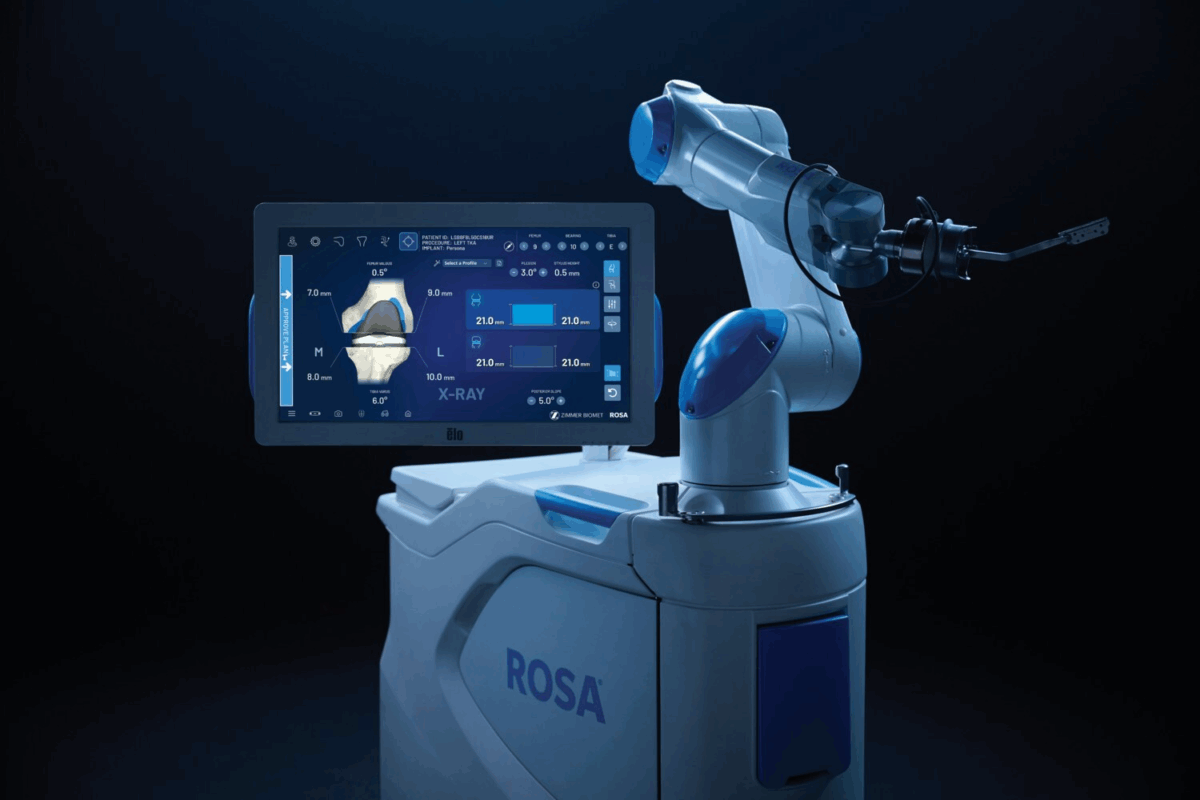





Join or login to leave a comment
JOIN LOGIN